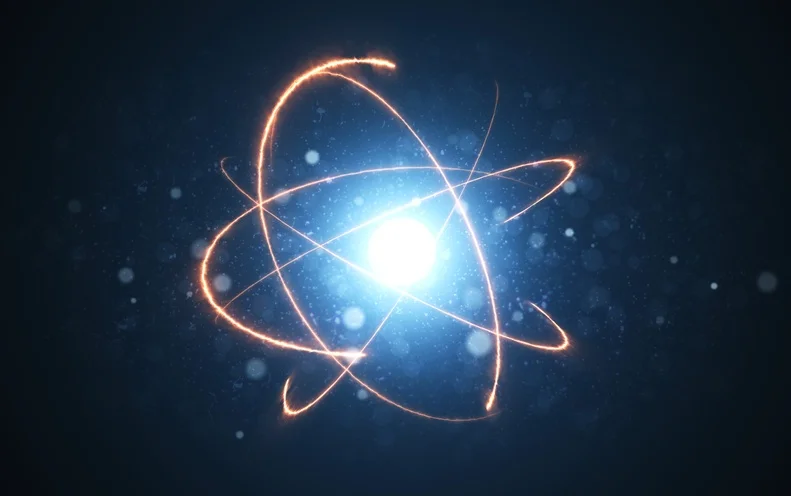Towards the complete description of the electron correlation

Electrons do not move around nuclei in defined curved orbits. Our current understanding of how electrons are to be found in atoms and molecules is based on clouds of probability called orbitals as it is not possible to give a definite path for an electron.
Thus, an orbital is a region in which an electron (only one) may be found in an atom or molecule. According to wave mechanics, the electron has a certain probability of being in a given element of space. The probabilities of finding an electron in different regions can be obtained by solving the Schrödinger wave equation to give the wave function, ψ, and the probability of location per unit volumen is |ψ|2. Hence, the idea of electrons in fixed orbits has been replaced by that of a probability distribution around the nucleus. Orbitals are then represented by surfaces enclosing the space in which the electron is likely to be found with high probability.
In molecules, the valence electrons move under the influence of at least two nuclei (in a bond involving two atoms). Therefore, a molecular orbital is one-electron wavefunction describing an electron moving in the effective field provided by the nuclei and all other electrons of a molecular entity of more than one atom. It is convenient to consider molecular orbitals as the overlap of atomic orbitals.
But the solution of the quantum mechanical many-electron problem is one of the central problems of physics and far from trivial. A great number of schemes that approximate the intractable many-electron Schrödinger equation have been devised to attack this problem for a given molecule.
Probably the most popular method at present is density functional theory (DFT). DFT is based on the Hohenberg-Kohn theorem which asserts that the electronic charge density completely determines a many-electron system and that, in particular, the total energy is a functional of the charge density. In other words, it considers a electron density in the molecule, as if the system behaves exactly as if the electrons were spread out into a continuously distributed charge, instead of the wave functions of individual atoms. Attempts to construct such a functional for the total energy have not been very successful because of the strong nonlocality of the dynamic term.
In 2017, Mario Piris, an Ikerbasque research professor working at DIPC and UPV/EHU, proposed a global method to calculate electron correlations from a different perspective based on so-called natural orbitals. Natural orbitals are defined as eigenfunctions of the spinless reduced electron density matrix, a matrix that appears when you treat the system and its electron wave functions in linear-algebraic terms, in what is known as Hartree-Fock aproximation. Now, Piris provides 1 the next step towards the complete description of electron correlation.
In the non-relativistic limit, for time-independent and spin-free Hamiltonians, the ground state of a many-electron system with a certain spin is a multiplet, that is, a mixture of pure states with all possible spin projections. Such an ensemble is represented by its associated density matrix which allows describing quantum observables through statistical averages. Unfortunately, the number of variables involved in determining the density matrix grows astronomically with the number of electrons, and actually contains significantly more information than is necessary to calculate energies and properties.
As mentioned, several approximate functionals have been proposed, but they suffer from an important lack of dynamic correlation. To recover this correlation, second-order perturbative corrections have been implemented with significant results. Piris, however, recovers the missing dynamic correlation within the Natural Orbital Functional Theory framework only. The goal is to design an accurate natural orbital functional (NOF) for all electronic structure problems, that is, a global NOF for electronic systems with any spin value independent of the external potential being considered.
Piris limits himself to a new two-index reconstruction of the two-particle reduced density matrix for spin multiplets. The emergent functional describes the complete intrapair electron correlation, and the correlation between orbitals that make up both the pairs and the individual electrons. The results for different properties calculated this way agree extremely well with experimental data.
References
- Mario Piris (2021) Global Natural Orbital Functional: Towards the Complete Description of the Electron Correlation Physical Review Letters doi: 10.1103/PhysRevLett.127.233001 ↩